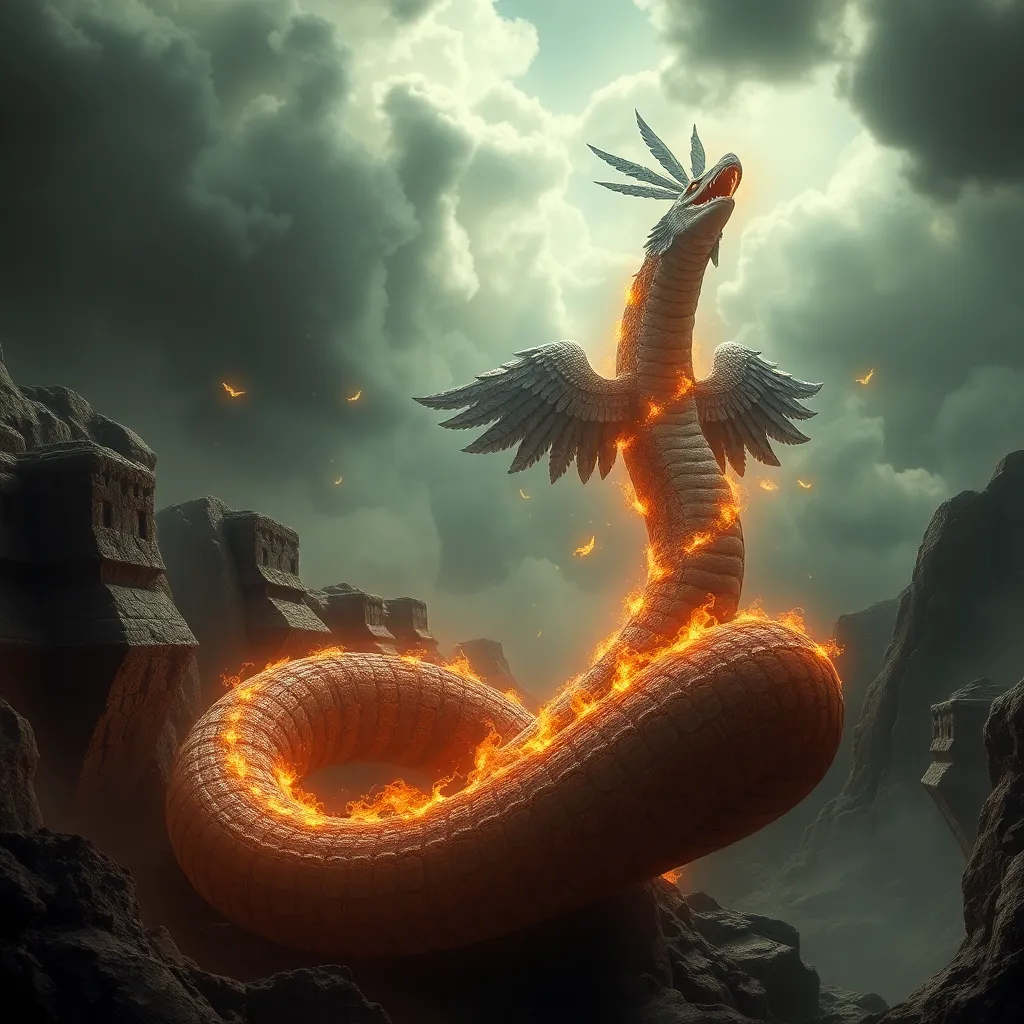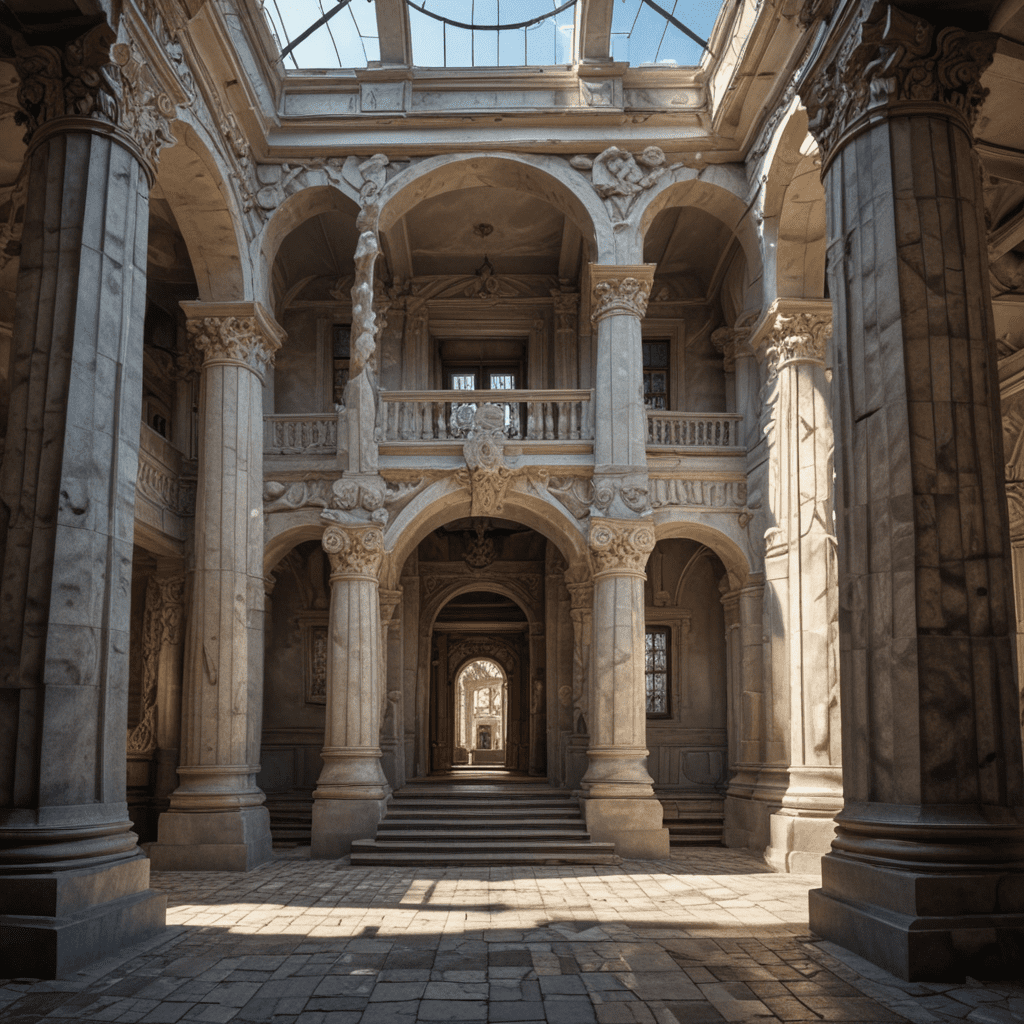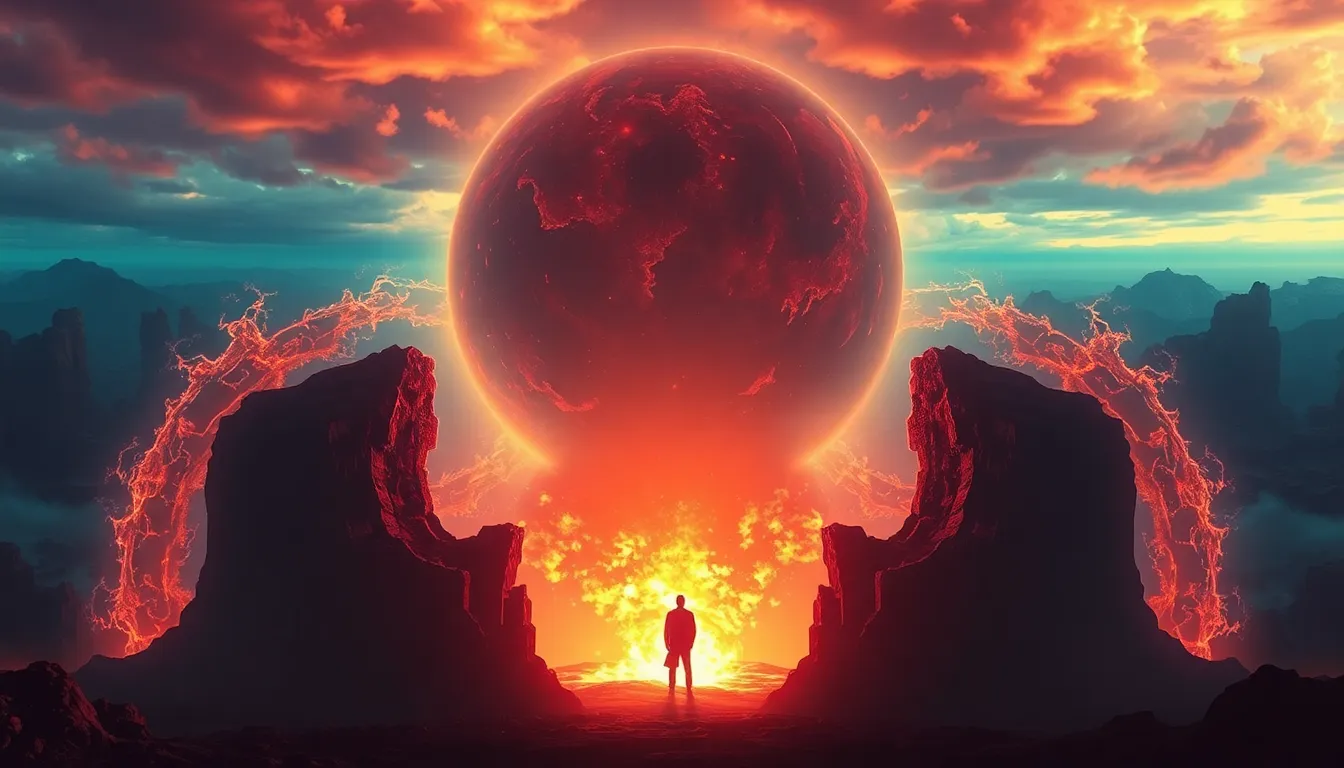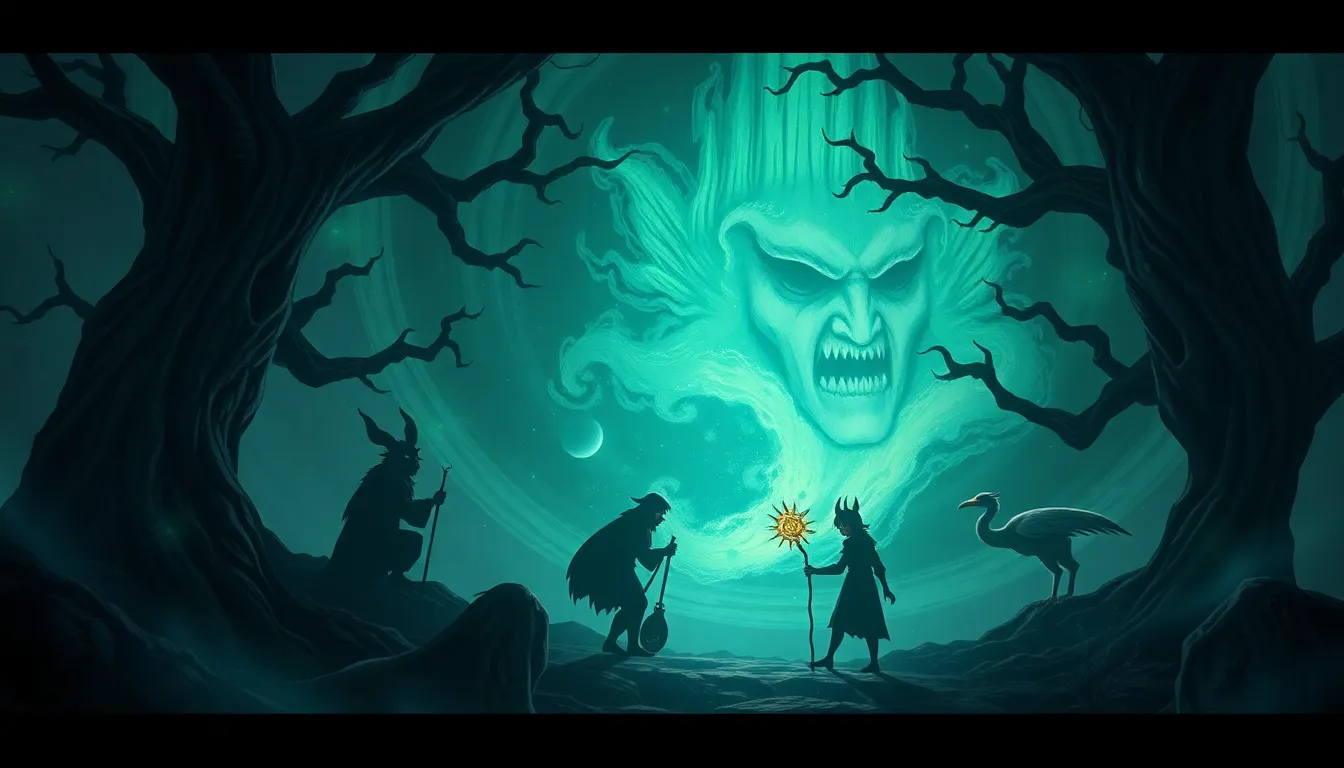The Feathered Serpent and the Mystery of the Underworld: Quetzalcoatl’s Journey Through the Realm of the Dead
I. Introduction
Quetzalcoatl, often referred to as the Feathered Serpent, is one of the most important deities in Mesoamerican mythology. Revered by various cultures including the Aztecs and the Toltecs, Quetzalcoatl embodies a blend of earth and sky, combining the attributes of a feathered serpent with those of a divine creator. His significance extends beyond mere symbolism, as he represents the duality of life and death, creation and destruction.
The concept of the feathered serpent holds immense significance in mythology, representing not only the natural world but also the spiritual journey of individuals. Central to many Mesoamerican beliefs is the theme of the Underworld, a complex realm that plays a crucial role in the cycle of life, death, and rebirth.
II. The Mythological Context of Quetzalcoatl
Quetzalcoatl’s origins are deeply rooted in Mesoamerican culture. He is often depicted as a serpent adorned with feathers, symbolizing the integration of earthly and celestial elements. His attributes include wisdom, wind, and the morning star, making him a multifaceted figure in mythology.
In creation myths, Quetzalcoatl is credited with shaping humanity. He is said to have mixed his own blood with the bones of previous creations to give life to the current human race. This act represents the profound connection between the divine and humanity, as well as the cyclical nature of existence.
Quetzalcoatl’s narrative intersects with various other deities, such as Tezcatlipoca, representing the constant struggle between light and darkness. This duality is a recurring theme in Mesoamerican mythology, illustrating the balance of forces that govern the universe.
III. The Underworld in Mesoamerican Cosmology
The Underworld, known as Mictlan, is a complex and multifaceted realm in Mesoamerican cosmology. It is typically described as a place of darkness, silence, and a final resting place for the dead. Mictlan is divided into nine layers, each with its own unique challenges and guardians, reflecting the journey of the souls who navigate through it.
In this cosmology, the Underworld plays a pivotal role in the cycle of life and death. Death is not seen as an end but rather as a transition to another stage of existence. The Mesoamerican belief system emphasizes that the soul’s journey through Mictlan is necessary for eventual rebirth and renewal.
Cultural beliefs surrounding death are rich and varied, often involving rituals and offerings to honor the deceased. The Day of the Dead, celebrated in modern Mexico, is a direct descendant of these ancient practices, highlighting the enduring connection between the living and the dead.
IV. Quetzalcoatl’s Journey: Overview of the Descent
Quetzalcoatl’s descent into the Underworld is a significant narrative that illustrates the complexities of existence. This journey is not merely a physical descent but also a symbolic exploration of the themes of sacrifice, transformation, and rebirth.
The significance of this descent is profound; it represents the necessity of confronting darkness and chaos to achieve enlightenment and renewal. The journey embodies the idea that true understanding and wisdom come from grappling with one’s fears and the unknown.
The narrative elements of Quetzalcoatl’s descent include encounters with various entities and challenges that test his resolve. This journey serves as a metaphor for the human experience, emphasizing the trials and tribulations one must face in life.
V. Encounters and Trials in the Realm of the Dead
During his journey through the Underworld, Quetzalcoatl encounters several key figures, each representing different aspects of death and the afterlife. Some notable encounters include:
- Mictlantecuhtli: The Lord of the Underworld, who governs the realm of the dead.
- Chicunamictlan: The guardians of the nine layers of Mictlan, each with unique trials for souls.
- Other deities: Various gods and goddesses who embody elements of death, rebirth, and transformation.
As Quetzalcoatl faces these challenges, he learns valuable lessons about sacrifice, perseverance, and the importance of understanding the balance between life and death. Each trial serves to transform him, deepening his connection to the cosmos and enhancing his role as a cultural hero.
VI. The Return: Quetzalcoatl’s Impact on the Living
Quetzalcoatl’s return from the Underworld is a pivotal moment that symbolizes hope, renewal, and the cyclical nature of existence. His journey imparts vital lessons to his followers, reinforcing the idea that life continues even after death.
The significance of Quetzalcoatl’s return is evident in various aspects of Mesoamerican culture, particularly in agriculture and societal practices. His teachings promote:
- Fertility: Quetzalcoatl is associated with the growth of crops and the nourishment of the earth.
- Cultural practices: His journey influences rituals, music, and art, reflecting the interconnectedness of life and death.
- Spiritual teachings: His experiences in the Underworld encourage practices of reflection and understanding of one’s place in the universe.
The legacy of Quetzalcoatl’s journey continues to resonate within Mesoamerican societies, symbolizing the enduring connection between the living and the spiritual realms.
VII. Interpretations and Symbolism
The symbolism in Quetzalcoatl’s journey is rich and multifaceted. His descent into the Underworld can be interpreted as a representation of the human experience, where individuals must confront their fears and uncertainties to achieve personal growth and enlightenment.
Cultural interpretations across different Mesoamerican civilizations showcase variations in how Quetzalcoatl is perceived. For instance, the Aztecs viewed him as a god of wind and learning, while the Toltecs emphasized his role as a civilizing force.
In modern times, the myth of Quetzalcoatl retains relevance, serving as a reminder of the universal themes of life, death, and rebirth. His story encourages reflection on the human experience and the importance of understanding one’s relationship with the cosmos.
VIII. Conclusion
Quetzalcoatl’s journey through the Underworld is a profound narrative that encapsulates the essence of Mesoamerican mythology. His experiences highlight the significance of confronting darkness to achieve enlightenment and the cyclical nature of life and death.
The enduring legacy of the Feathered Serpent continues to inspire cultural practices and spiritual teachings across generations. Quetzalcoatl serves as a symbol of hope, reminding us of the interconnectedness of all life and the importance of understanding the deeper mysteries of existence.
In reflecting on the intersection of mythology and human experience, Quetzalcoatl’s journey offers valuable insights into the nature of life, death, and the eternal cycle that binds us all.



